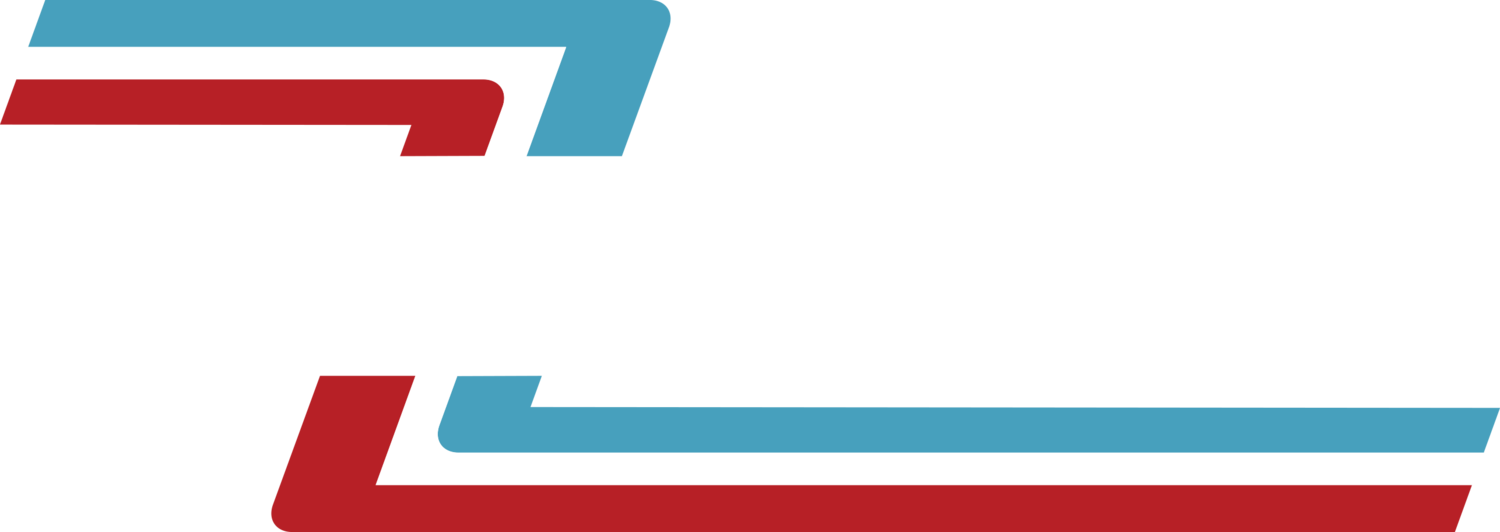Eddy Current Inspection is a non-destructive testing method that plays a pivotal role in ensuring the safety and reliability of industrial infrastructure. By utilizing an alternating current and a specialized coil, this technique effectively detects surface and near-surface defects in conductive materials.
Industrial catastrophes can have severe consequences, ranging from accidents to costly repairs and downtime. Eddy Current Inspection has emerged as a key solution to mitigate these risks by enabling the early detection of defects in critical components. This non-destructive testing method incorporates the principles of electromagnetic induction to identify flaws such as cracks, corrosion, and material degradation. By comprehensively analyzing the signals generated through the interaction between the coil and the induced eddy currents, personnel can accurately measure the integrity of conductive materials.
Application in Various Industries
Aerospace
The application of Eddy Current Inspection spans across a wide range of industries, each benefiting from its ability to safeguard vital infrastructure. In the aerospace sector, where safety is crucial, this technique ensures the integrity of aircraft engines, detecting flaws that may compromise their performance. Similarly, in the automotive industry, Eddy Current Inspection plays a vital role in quality control, identifying defects in critical parts like engine components and suspension systems.
Power Generation Facilities
Power generation facilities, such as nuclear reactors and turbines, heavily rely on Eddy Current Inspection to prevent catastrophic failures. By promptly identifying flaws like cracks and corrosion in these high-stress environments, potential accidents can be averted, ensuring uninterrupted power supply and the safety of personnel.
Manufacturing Industry
In the manufacturing industry, Eddy Current Inspection aids in maintaining product quality and reliability. By detecting defects in materials and components during the production process, manufacturers can prevent faulty products from reaching the market, safeguarding their reputation and avoiding potential recalls.
Material Property Assessment
Beyond just finding defects, Eddy Current Inspection gives engineers a lot of helpful information about the materials themselves. By measuring conductivity, we can assess the level of material degradation and determine how much longer a part can be safely used. This helps in making informed decisions about maintenance, repair, and replacement strategies, ultimately saving time and money.
Advantages of Eddy Current Inspection
Eddy Current Inspection offers several advantages that make it a popular choice in the industry. First, it’s a non-destructive testing method, which means it doesn’t damage the materials being inspected. This is great because it allows us to assess the integrity of critical components without causing any further damage.
Another advantage is its ability to detect surface and near-surface defects. Eddy currents can see through layers and find hidden flaws that might not be visible to the naked eye. This early detection allows for timely repairs or replacements, preventing potential failures and accidents down the line.
Eddy Current Inspection is a critical tool in ensuring the safety and reliability of industrial infrastructure. Its ability to detect defects in conductive materials provides insights into material properties, and its widespread application across industries makes it an invaluable asset in preventing catastrophic failures.

